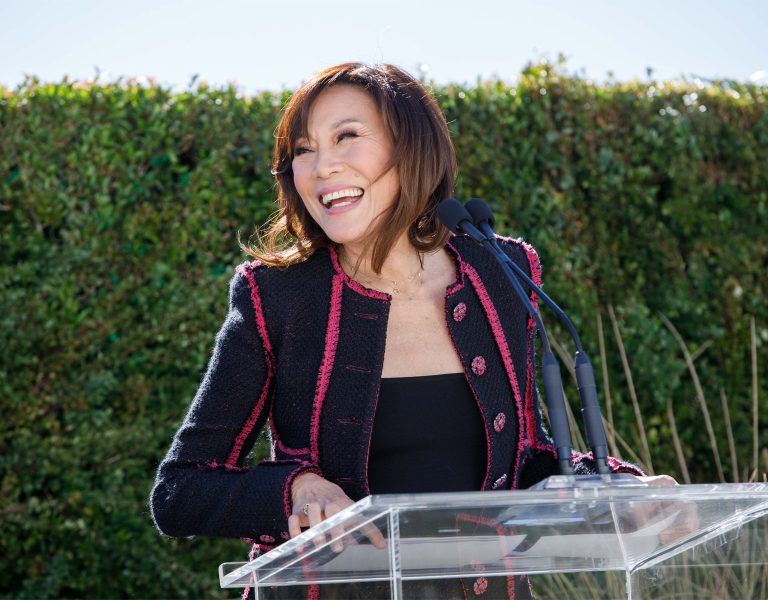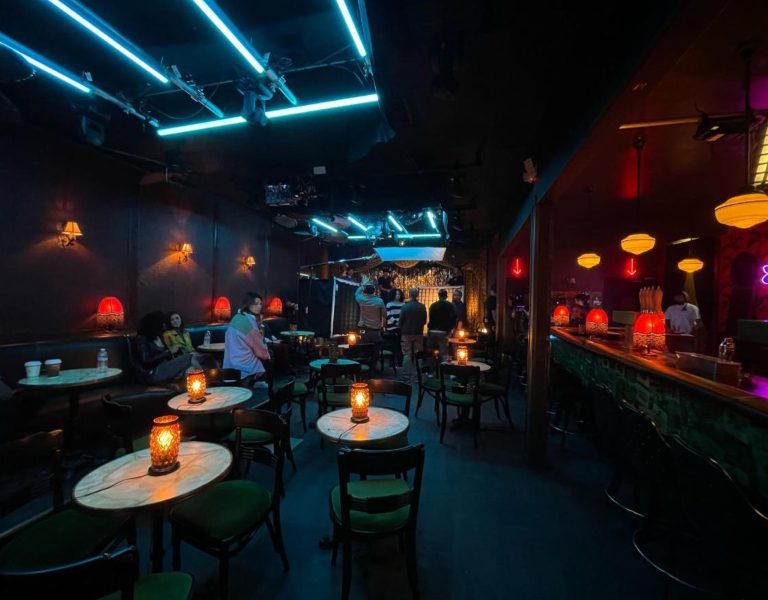
The use of 35mm film as an acquisition format for broadcast production could become an inadvertent casualty of Ultra HD (UHD) TV camera classifications following new guidelines issued by the DPP (Digital Production Partnership), writes Adrian Pennington. This has caused alarm bells to ring among the cinematographic community.
Classifications of digital cameras made by the EBU have been adopted by the DPP as the core of its guidelines on the production of UHDTV programming for broadcast on UK TV. In the EBU document (R118 ‘Tiering of High Definition Cameras’, March 2015) the focus is solely on digital acquisition, with 35mm conspicuous by its absence.
To meet the basic resolution of UHDTV, which is a progressively scanned 3840 x 2160 pixels format (either at 50 or 25 frames per second with either a colour sub-sampling of 4:2:0 or 4:2:2), the EBU rates cameras into two tiers.
Tier 1 is for cameras offering a 3840 x 2160 resolution. These will typically be single sensor cameras with an image size approximate to that of 35mm film and a minimum of 10-bit processing. Taking just this as the benchmark, then cameras such as RED Dragon and the Sony F55 would be included. However, the EBU further defines UHD1 Tier 1 sensor resolution must be 3840 x 2160 in each of R & G & B. As a guide, a Bayer pattern sensor would need to be at least 5760 x 3240 to achieve full UHD1 resolution.
Interpreted by the DPP what this means is that only certain cameras with sensors capable of 7K, 8K or 9K resolution will be waved through automatically as Tier 1.
Andy Quested, BBC Head of Technology BBC HD and UHD, said Tier 1 cameras include the ARRI Alexa 65 and Sony F65, but that cameras such as the RED Dragon with a 6K sensor would only qualify as Tier 2. The issue that relegates cameras like the RED Dragon to Tier 2 is the debayering process which can reduce the final resolution of the image, Quested confirmed.
“We use EBU R118 for cameras and the testing for UHD Tier 1 and 2 simply to measure the resolution – so a camera must produce reproduce 3840 x 2160 in R and G and B to be UHD Tier 1,” explained Quested. “UHD Tier 2 covers cameras that don’t produce 3840 x 2160 as measured, but have resolution (in R&G&B) greater than HD. Just because a camera says ‘4K’ on the side doesn’t mean it produces “4K” resolution.”
The EBU’s Tier 2 defines cameras as having a UHD output, but a sensor that does not offer the full UHD 3840 x 2160 resolution. With output of ProRes 4K UHD (3840×2160), but a 3.4K sensor, the ARRI Alexa would fall into this category, as would most current video cameras with sensors under 2/3″.
Any proposed use of a Tier 2 cameras will only be greenlit at the discretion of the commissioning broadcaster and/or co-production partner.
So where does this leave 35mm? Essentially, film would fall into the Tier 2 category making a conversation about its suitability for UHDTV mandatory between a broadcaster or co-production partner. The resolution of 35mm is not the issue, but filmstock, grain, aspect ratio and the processing route are, according to the DPP.
Looking at what the DPP states in its guidelines for submission of UHD TV programming issued in January, it states: “Film will not usually be considered for UHD programme production and will be counted as non-UHD content.” However, it later states “35mm stock (new or archive) scanned at UHD (or 4K and cropped to 3840) can count as UHD.”
There is no contradiction in these two statements, according to Quested. “You can get 8K off a piece of 35mm negative if the stock is really slow and well lit,” he said. “However, 500 ASA will not give you good UHD. Well-processed 100 or 200 ASA stock at the right aspect ratio [suitable for 16×9] on the other hand is perfectly acceptable. 500 ASA or faster is not as good as 250 ASA or slower and it’s the end quality of the content buyer [the audience] that’s paramount. The issue is that there are more processes with film, which productions can try to save money, but potentially damage the result. Unless you have a movie budget you are not going to achieve the level of care end-to-end that a studio would. So we want to know how a production will treat the film.”
The DPP states that: “Super 35mm 100 ASA (or slower stock) transferred from the negative, would also be allowed, but once again must be discussed with the broadcaster.’ It further states that ‘To maintain a high standard and meet audience expectations the amount of non-UHD material is limited to 25% of the programme’s total duration.’
“We’ve always been positive about 35mm, but we’ve upped the game a little bit here,” said Quested. “We are not questioning capture on 35mm, nor the work of DPs, but because film hasn’t been treated properly in the past, by poor labs and bad processing, we need to know exactly what the production are doing.”
He added, “With a TV budget there is a much higher risk of doing a bad job using film than there is of using a very high-end digital camera.”
Quested clarified that any Tier 2 can be used for local (single territory) UHD production.
Whilst BT is the only broadcaster with a UK UHD channel currently, Sky is lining-up a UHD service later this year, and free-to-air broadcasters are forward planning for terrestrial UHD transmissions.
“Sky and the BBC are the primary DPP authorities [on UHD for drama] and both have every intention of using UHD for long term programme archive and sales,” said Quested. “None of us [DPP broadcasters] is offering a premium UHD pay-per-view channel yet, but when we do the consumer has every right to expect us to deliver full UHD.”
For use of Tier 2 in an international co-production “it is up to the co-producer to make the final decision,” he said. “It comes down to who is paying the most in the end.”
Tim Davis, ITV’s senior enterprise architect and DPP lead explained that the purpose of the DPP is to produce as much standardisation as it can, “which kind of comes down to a minimum spec which we [DPP members] can all agree to.”
He continued, “There are so many variables out there that programming destined for UHD becomes a conversation between producer and broadcaster. A final decision comes to matters of stylistic consideration and workflow as well as input from any co-production partner and distribution requirements for international sales.”
So, if 35mm is proposed that doesn’t automatically mean it can’t be used for UHDTV, just that the final decision will be in the power of the broadcaster, rather than the original producer.
“It is incredible that 35mm doesn’t automatically qualify,” says Adrian Bull, CTO and owner, Cinelab London. “It has more than 15 stops of dynamic range that digital is trying to catch up on. Without doubt we need more people recognising that 35mm is perfectly viable for UHDTV because it has got to the stage where 35mm is seen as not an option.”
Perhaps because of this the use of 35mm for TV origination has dwindled to a few trailers shot on film – such as that for last year’s live episode of Coronation Street and another for ITV’s The Sound Of Music Live.
Challenged as to how the BBC might screen high-profile movies such as Carol (shot on Super 16mm), plus Bridge Of Spies, SPECTRE and Star Wars: The Force Awakens, which all shot on 35mm, Quested said that studio scanned versions will be of superior quality.
“The big difference between TV and cinema is that cinema has to deliver one master file to every projector in the world. Broadcasters on the other hand have to deliver a compressed version of it. That means we have to start from very high quality version.”
Steve Bellamy, Kodak’s President of Motion Picture and Entertainment, Consumer and Film Division, said, “The number one series on cable television in the US is Walking Dead and it is shot on 16mm. Additionally, it is done at a small fraction of the cost of most of the big successful cable series. Shooting on film is affordable and the lab infrastructure is starting to be a growth model.”

He adds, “While from a utility perspective, it is easy to have a ‘K’ race for marketing purposes, it is mutually exclusive of image aesthetic. I love video, but it doesn’t change the fact that in nearly every post-production discussion one of the first questions is, ‘How do we make this look more like film.’ Conversely, I can’t ever recall anyone in the history of content creation saying, ‘How do we make this film look more like video?’ The overwhelming majority of the greatest works of cinematic art have all been shot on 35mm film. It is our industry’s library and legacy.”
In a statement, the BSC commented, “The proposed DPP guidelines for UHD delivery leave a number of questions unanswered, and make depressingly familiar reading to those who remember very similar language being used to kill off 16mm film in the early days of HD in 2007 (and then partly retracted in 2013). The guidelines make no provision whatsoever for the art of cinema and patronisingly assume that buyers of 4K TVs only want to see super-sharp, ultra-bright and colour-saturated images, and will complain if they see anything not shot on a camera with a 4K label. Exactly the same erroneous arguments were used in the early days of HD, but eventually sense prevailed. The BSC is meeting with the authors of these guidelines to seek clarification on many points, and to see what can be done to allow directors and cinematographers greater freedom in their choice of acquisition media.”















